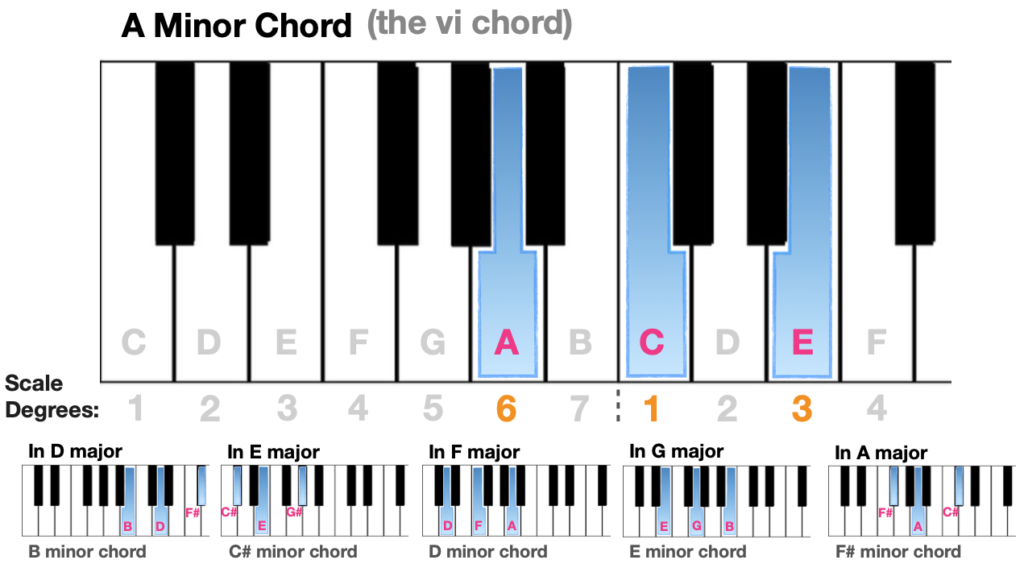What defines something as music? In this moment, take a pause, and think of some words that come to mind when you consider this question…
Perhaps you thought up words regarding our perception of music: rhythm, timbre, pitch. Maybe you thought of words surrounding the physics of music: frequency, amplitude, waves. Some words may have had to do with music theory: meter, notes, scales. While these words surely have something to do with the building blocks of music, I am not confident in relying on them to describe exactly what “music” composes of (pun not intended). There is a wide range of sounds and perceptions when it comes to what people –and different cultures– regard as music, a few of which I will explore. To sum up my main inquiry: What definition of music, is applicable to all kinds of music?
This semester, I’m taking a class –“The Science of Music”– that emphasizes this question. One of the first ideas we were encouraged to ponder, went along the lines of: Do all cultures’ music coincide with the rules of music theory? For those who aren’t familiar with western music theory, what I am specifically referencing, is the aspect of the theory that determines which basic pitches compliment one another; which notes are part of a certain scale and produce harmony when played together. Whether you’re familiar with it or not, music theory likely permeates into all the songs you listen to, if you listen to the common genres in America. My initial reaction to the question posed my professor was that musical perception was universal; that biology determined which mix of pitches is pleasing to the human ear. Turns out I was way off. While I knew that people prefer a range of genres, I hadn’t realized the extent to which musical taste differs. Music theory and the widely held western beliefs of which pitches compliment one another is purely cultural. This throws out the possibility of defining music by a specific combination of pitches, something I have always thought obvious in defining music.

I desperately wanted to hear an example of music that diverges from western music theory as I hadn’t felt like I had heard it before. That’s when my teacher enlightened me towards Gamelan music. As I listened to this music, initially, it sounded all over the place; like a jumble of random bells clanging. Not to say I disliked it, but it was not distinguishable to me as music; it just sounded like interesting noise. I kept listening and 2 minutes in, a beat began to form, pulling me in. At exactly 2 minutes and 30 seconds, I was struck by the familiar feeling that overtakes me –and makes me want to dance– when I hear a musical groove. And this was for no reason other than the discernible rhythm that began in that moment. So you’d think perhaps a defining attribute for what makes something music is patterns; the pulsating rhythm that spices up bossanova –originating from Brazil— or the electric grungy beat of rock n roll, even the patterns in Rai –an indigenous group in the Eastern Himalayan’s– cultural music. So it should be settled then, music is pattern recognition. That’s the end of the blog, done, period.
You could probably tell I wasn’t done, right? Life isn’t keen on leaving you with satisfying endings and neither am I. This brings us into noise music. What is noise music you ask? Well, you might regret asking that, or maybe you’ll be like the other 0.003% of the population who considers it to be their favorite genre (keep in mind 70% of statistics are made up). I’ll let you decide for yourself as you listen to Charmaine Lee’s “Monstas’ Marriage“. Don’t say I didn’t warn you, for what you are about to hear may conjure up some confounding sensations.

To say the least, I think the album cover depicted above, sums up the “song” pretty well. If this is considered music –which I can’t fathom– we can throw away the idea that music is pattern recognition within rhythm. While I connote negativity towards noise music with my tone, I don’t dislike it, because I appreciate anything in life that has to do with creativity and experimentation. While I wouldn’t call it pleasing to listen to, I can’t deny its ability to provoke strong sensation and even some fascination. In fact, Something that seems to run through all of these different music genres is their ability to spark emotion and reaction; no matter how different they are, they all make you feel something.
After examining a diverse range of what people label as music, whether is be the clanging of Gamelan music or the disturbing breathing sounds of sound music, a consistency throughout all the different genres is that they have the ability to leave an effect on the listener. This isn’t necessarily a positive feeling, but art in general doesn’t always exude happiness; sometimes it emits discomfort or confusion, but is nonetheless intriguing. While defining music by its ability to affect the listener isn’t a characteristic specific to music, it shows the compelling way in which music is connected to all other kinds of art forms. There are many ways it can be created and many ways it can leave someone feeling. I think this is an inspirational idea. Having spent extensive amounts of time with Jazz musicians (who –gotta love them– are more judgmental than you’d expect) it feels empowering to know how vast and inclusive the world of music is. There really are no rules. Maybe some of you have never considered yourself musical, but how about noisy? Maybe you can take the words in this blog as a new world to explore knowing there is value in “just noise”.